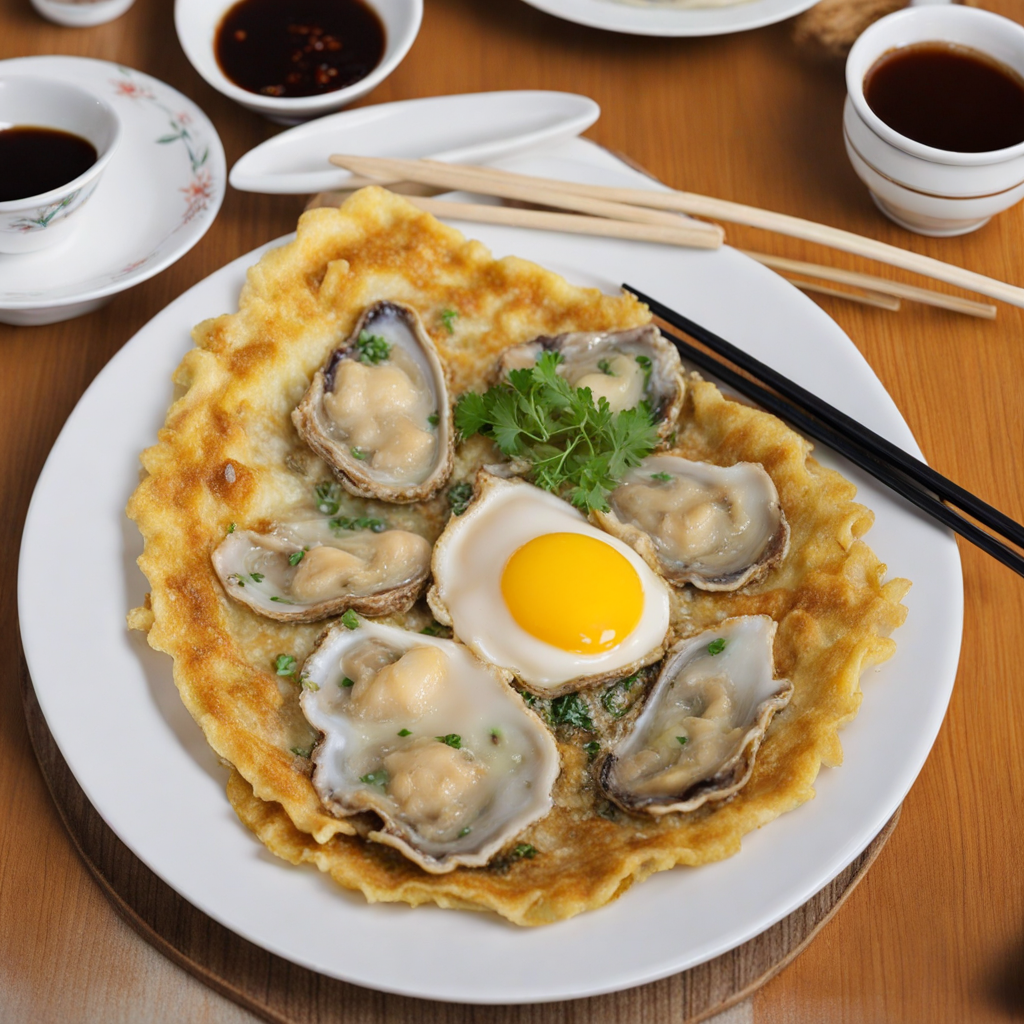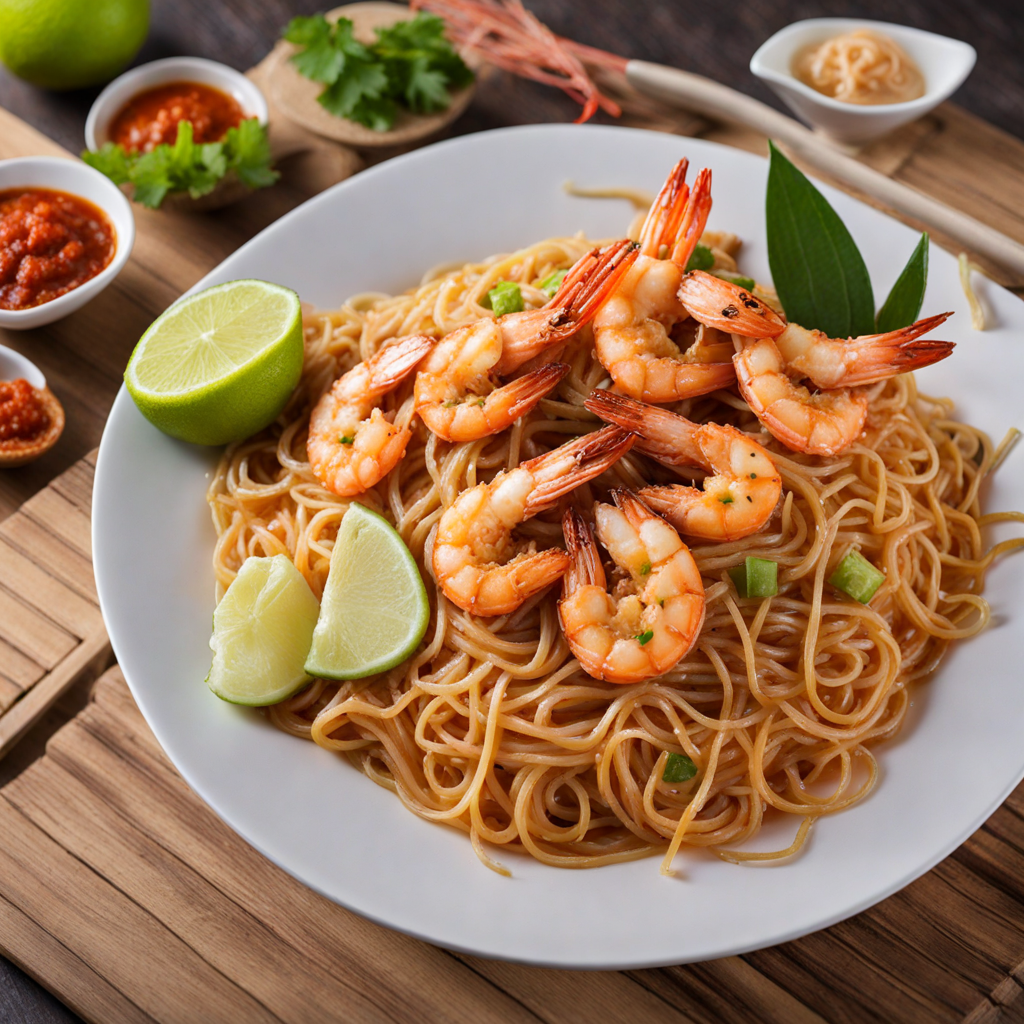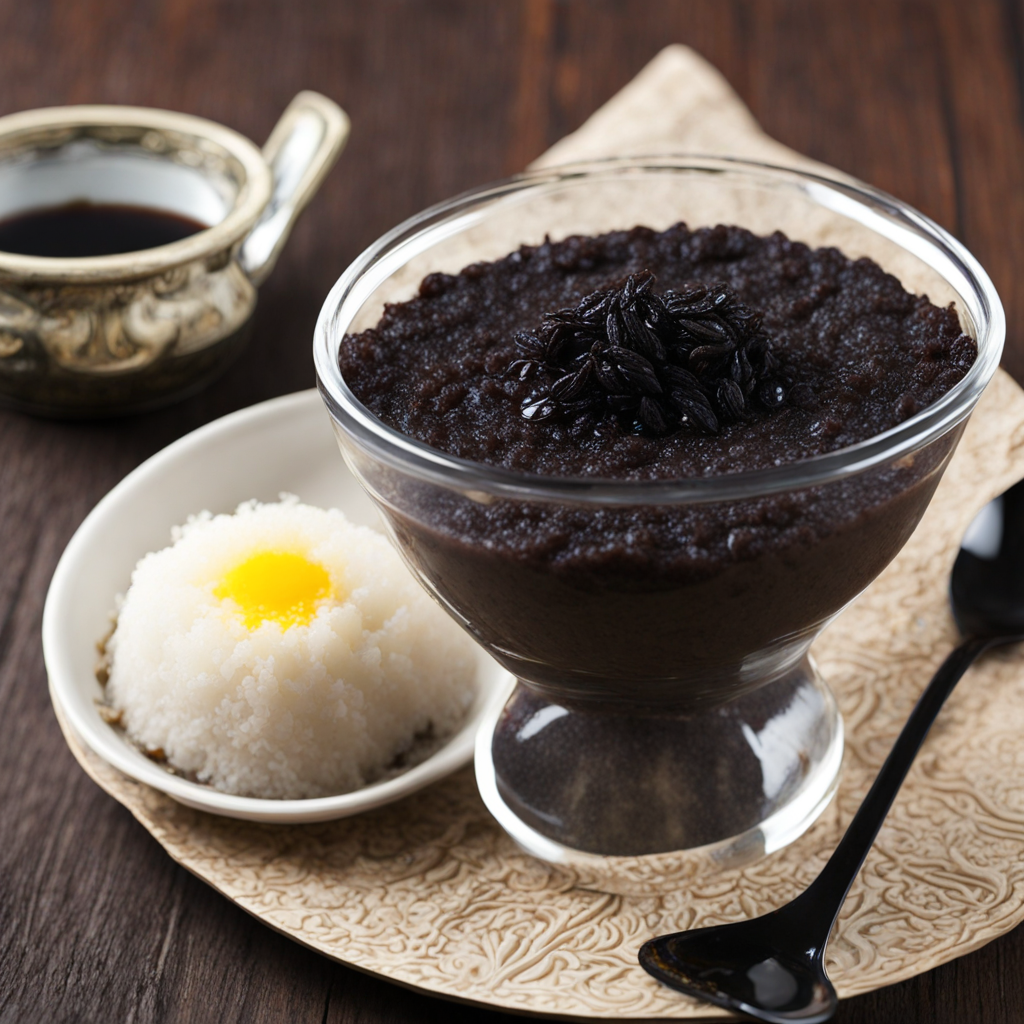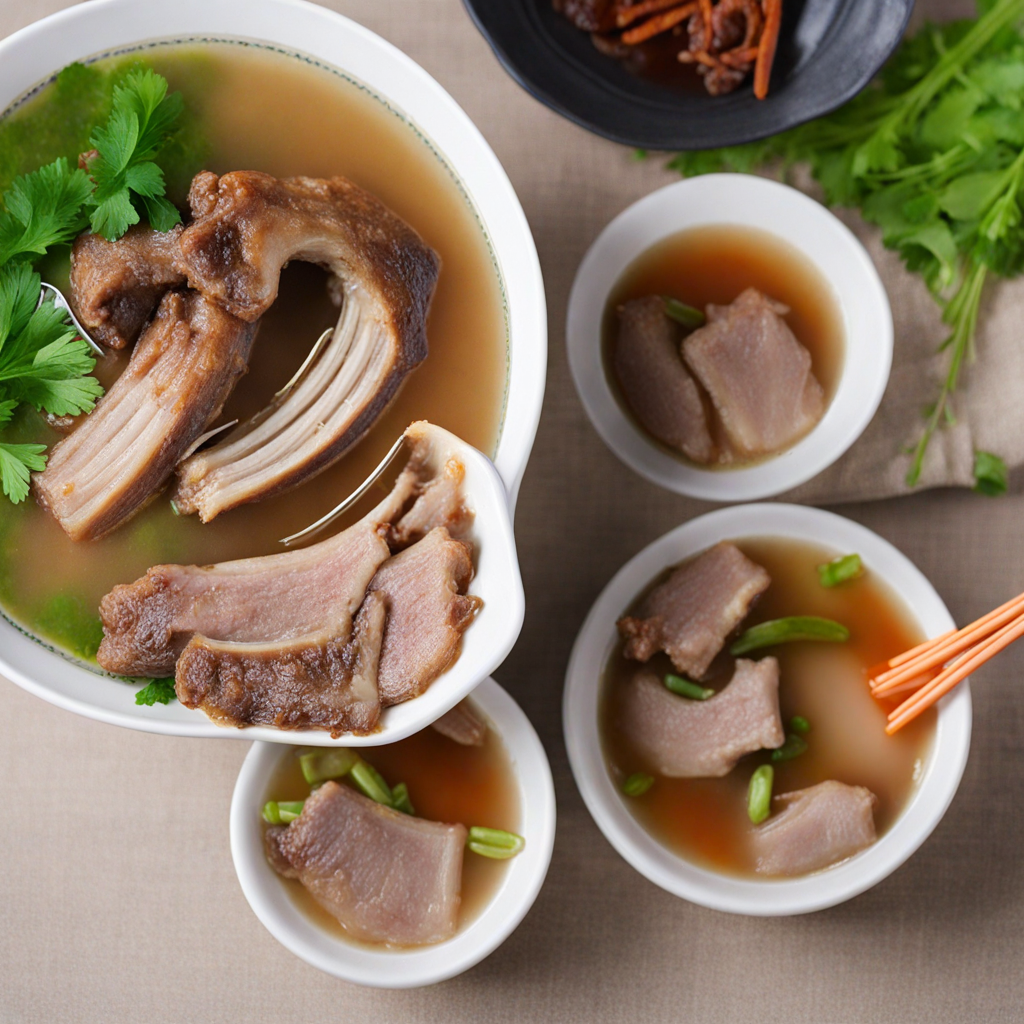Oyster Omelette
Oyster Omelette, a beloved dish from Singapore, is a delightful fusion of flavors and textures that showcases the vibrant culinary heritage of the region. This dish features a savory omelette made primarily with fresh, plump oysters, which are lightly battered and cooked to perfection. The oysters impart a briny richness that is beautifully complemented by the eggs, creating a harmonious blend of sea and land. The texture is a delightful contrast, with the tender omelette enveloping the succulent oysters, making each bite a delightful experience. In addition to the oysters and eggs, the Oyster Omelette often includes a mix of starch, usually in the form of sweet potato or tapioca flour, which adds a unique chewy texture to the dish. The batter is fried until crispy on the outside, creating a satisfying crunch that contrasts with the softness of the eggs and oysters inside. This dish is typically served with a side of chili sauce, which provides a spicy kick that enhances the overall flavor profile, making it even more irresistible for those who enjoy a bit of heat. Oyster Omelette is often enjoyed as a street food delicacy, found in hawker centers throughout Singapore. Its popularity can be attributed to its satisfying flavor and the perfect balance of ingredients, making it a crowd-pleaser for locals and tourists alike. Whether enjoyed as a late-night snack or a savory meal, this dish encapsulates the essence of Singaporean cuisine, offering a unique taste experience that embodies the region's rich culinary diversity.
How It Became This Dish
The History of 蚝煎 (Oyster Omelette) in Singapore #### Origins 蚝煎 (Oyster Omelette), a popular dish in Singapore, has roots that can be traced back to the coastal regions of China, particularly in Fujian province. The dish is known as "hao jian" in Mandarin, which translates to "oyster omelette." The arrival of Chinese immigrants in the 19th century, particularly the Hokkien and Teochew communities, brought this delicacy to Southeast Asia. These migrants, driven by economic hardship and political unrest, settled in various parts of the region, including Singapore, where they sought better opportunities. In its early days, the dish was a simple street food, made by frying fresh oysters with eggs and a starchy batter made from sweet potato or tapioca flour. The combination highlighted the region's abundant seafood and local agricultural products. Vendors would prepare the dish in open-air markets, making it accessible to the working class, who sought hearty and satisfying meals amidst their laborious daily routines. #### Cultural Significance 蚝煎 has transcended its humble origins to become a beloved icon of Singaporean cuisine, representing the multicultural tapestry that characterizes the nation. The dish is not merely a culinary delight; it is a symbol of the fusion of cultures in Singapore. The harmonious blending of flavors and ingredients from different Chinese dialect groups, as well as influences from local Malay and Indian cuisines, underscores Singapore's status as a melting pot of culinary traditions. Beyond its gastronomic appeal,蚝煎 carries cultural significance as a dish often enjoyed during festive occasions and gatherings. It is commonly served at family celebrations, weddings, and hawker center outings, bringing people together to share in the joy of food. The act of enjoying蚝煎 is an experience that encompasses community, tradition, and nostalgia, making it a cherished part of Singapore's food heritage. #### Development Over Time As Singapore evolved into a bustling metropolis, so too did the culinary landscape of the city-state, including the transformation of蚝煎. The dish began to gain prominence in the mid-20th century, coinciding with Singapore's post-independence identity formation. With the rise of hawker centers in the 1970s and 1980s,蚝煎 found its place in the hearts of locals and tourists alike. The hawker culture became a vital part of Singapore’s identity, and蚝煎 was one of the flagship dishes showcased in this vibrant food scene. Over the years, variations of蚝煎 emerged, reflecting the diverse palates of the people. The traditional version, characterized by a soft and slightly gooey texture, often included a combination of eggs, oysters, and a starch-based batter. However, as chefs experimented with ingredients, new interpretations began to surface. Some versions incorporated a higher ratio of oysters, while others opted for a crispier texture, frying the omelette until golden brown. These adaptations catered to local tastes and preferences, further solidifying the dish's status as a staple of Singapore’s culinary repertoire. The growing popularity of蚝煎 also attracted the attention of food critics and culinary enthusiasts, leading to its inclusion in food festivals and competitions. In the 2010s, the dish gained international recognition as part of the global food trend, showcasing the vibrant flavors of Southeast Asian cuisine. Food bloggers and social media influencers contributed to this phenomenon, documenting their experiences and introducing蚝煎 to a wider audience. #### Contemporary Scene Today,蚝煎 can be found in hawker centers, food courts, and even upscale restaurants across Singapore. Renowned hawkers, such as Ah Hock Oyster Omelette and the famous stall at the famous Newton Food Centre, have garnered loyal followings, with long queues forming for a taste of their delectable offerings. These vendors often pride themselves on using the freshest oysters and secret family recipes, ensuring that the quality and authenticity of the dish are maintained. In recent years, the dish has also seen creative interpretations, with modern chefs experimenting with ingredients and presentation. Some have introduced gourmet versions featuring premium oysters or unique sauces, appealing to a more refined palate. Despite these innovations, the essence of蚝煎 remains intact, as chefs continue to pay homage to its traditional roots while embracing the evolving culinary landscape. #### The Future of 蚝煎 As Singapore continues to develop, the future of蚝煎 seems bright. With the increasing recognition of hawker culture as an integral part of Singapore's identity, the dish is poised to remain a beloved favorite among locals and visitors alike. The efforts to preserve traditional recipes while embracing innovation will ensure that蚝煎 evolves without losing its historical significance. Moreover, with the rise of culinary tourism, food enthusiasts from around the world are drawn to Singapore's diverse food scene. This presents an opportunity for蚝煎 to shine on the international stage, showcasing its rich heritage and cultural significance. As chefs and hawkers continue to tell the story of蚝煎 through their craft, the dish will undoubtedly continue to be a source of pride for Singaporeans and a delicious introduction to the rich tapestry of Singaporean cuisine for all who experience it. #### Conclusion 蚝煎 (Oyster Omelette) is more than just a dish; it is a narrative of migration, adaptation, and cultural exchange. From its origins in Fujian province to becoming a beloved culinary staple in Singapore,蚝煎 embodies the essence of the nation’s multicultural identity. Its evolution reflects the dynamic nature of food and culture, showcasing how a simple dish can connect people across generations and backgrounds. As we indulge in this delightful omelette, we also partake in a shared history, celebrating the flavors and stories that define Singapore’s vibrant food culture.
You may like
Discover local flavors from Singapore







